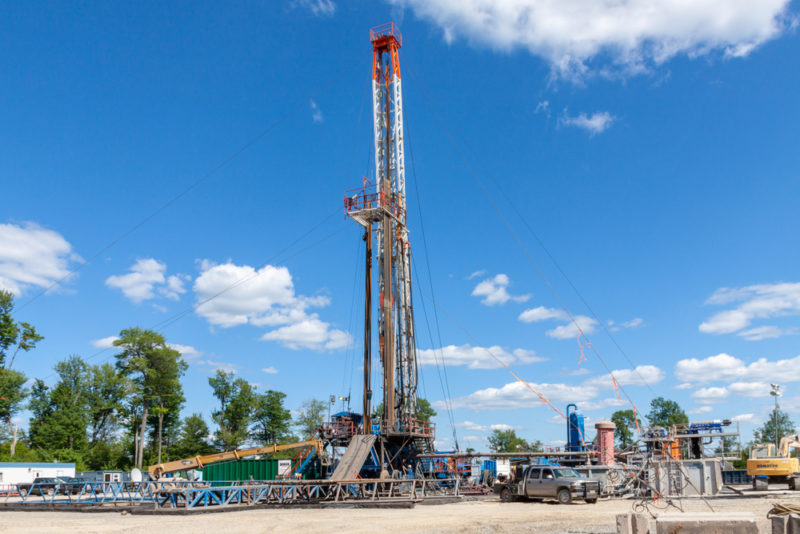NETL experts say research could improve Marcellus Shale environmental impacts

Research undertaken at the Marcellus Shale Energy Environmental Laboratory (MSEEL) in West Virginia could help cut the shale operation’s negative impacts on local and regional air quality, experts from the National Energy Technology Laboratory (NETL) report.
“Oil and gas operators need specific data to help them reduce emissions and fugitive releases of gas,” Natalie Pekney, from NETL’s Geo-Analysis and Geo-Analysis & Monitoring Team, said. “But, because emissions have discernible differences according to specific activities, we needed an assessment of emission trends that can be used as a tool to guide oil and gas operational performances.”
They looked into emissions and dispersion rates of various compounds at the site, which has picked up speed thanks to recent technological innovations in horizontal drilling and hydraulic fracturing. Those efforts have made recovery of large quantities of natural gas in such formations economically profitable for companies, leading to major natural gas production growth in the United States. Unfortunately, environmentalists have long charged fracking with serious geologic and environmental issues.
Given that the Marcellus Shale covers around 95,000 square miles across multiple states, that means a lot of potential for production but also damage.
NETL’s research identified the point of greatest methane and volatile organic compound impact: flowback from fracturing, due to activity on the well pad rather than other off-site sources. Emissions, on the other hand, were found to be highest during drilling and production, though the various emissions vary. Nitrogen oxides, for example, stem from access road traffic, while well pad activities affect local ammonia concentration dynamics with their large diesel engines.
By understanding these emission and dispersion rates, scientists said, they will be able to compare trends under a range of operational scenarios and begin to find methods of improvement.
